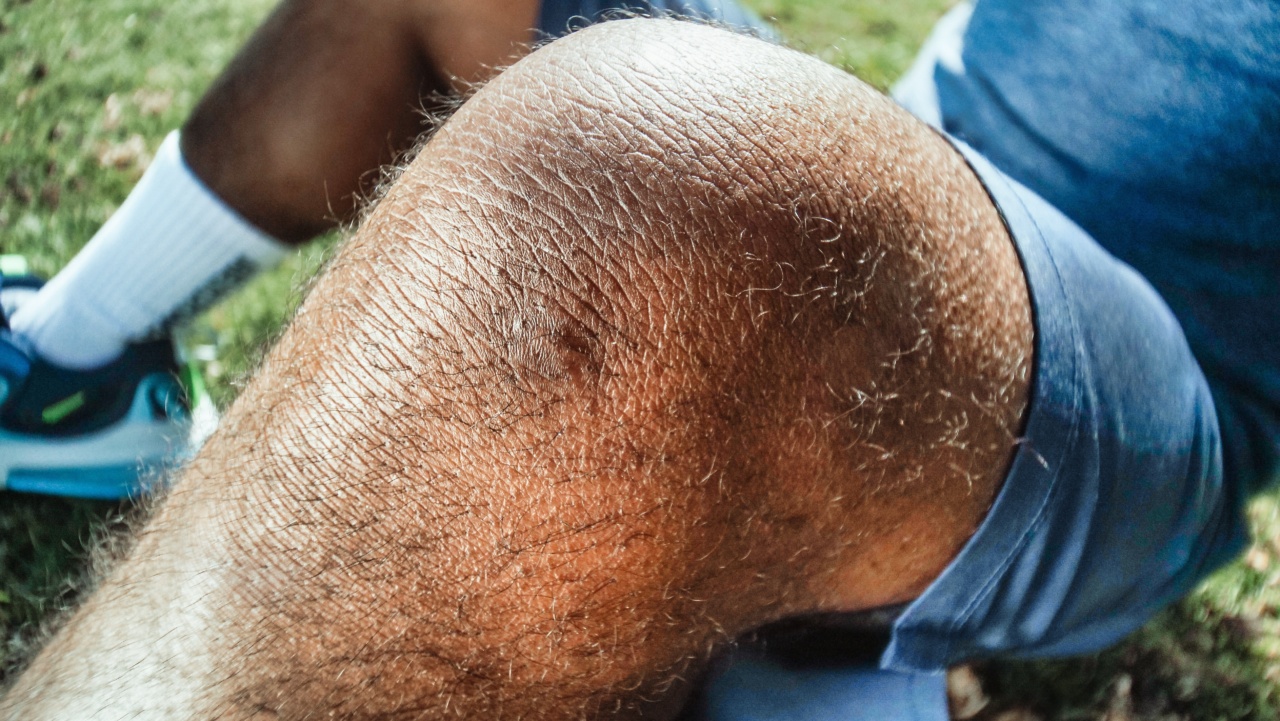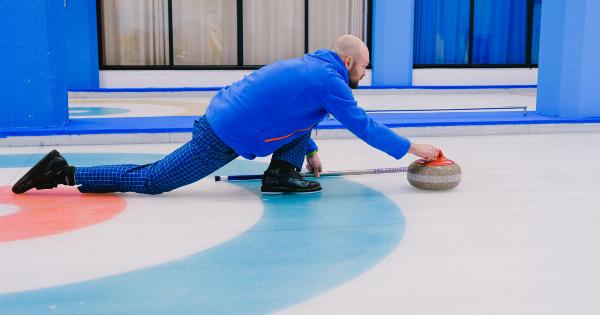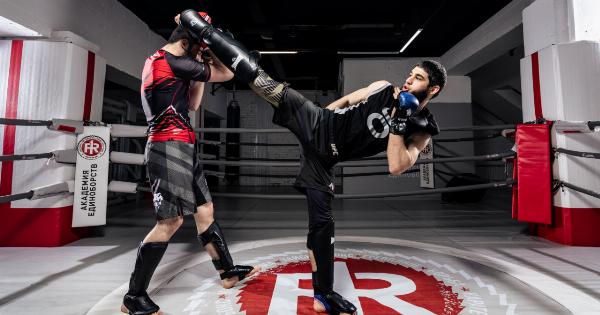Knee injuries are a common occurrence among teenagers, especially those involved in sports and physical activities.
Adolescence is a crucial time for growth and development, and the increasing participation in sports can put a significant strain on the knees. Understanding how to manage knee injuries in teenagers is essential for their overall well-being and to prevent long-term complications.
Causes of Knee Injuries in Teenagers
There are several factors that contribute to knee injuries in teenagers. Some common causes include:.
- Overuse: Teenagers often push their bodies to the limit, participating in numerous sports and physical activities without proper rest and recovery. This can lead to overuse injuries such as tendonitis or stress fractures in the knee.
- Improper techniques: Inadequate training or lack of proper coaching can result in poor techniques and body mechanics during physical activities. This can put excessive stress on the knees, leading to injuries.
- Growth spurts: During adolescence, teenagers experience rapid growth spurts. This can cause muscle imbalances and changes in bone structure, making them more prone to knee injuries.
- Trauma: Accidents, falls, or direct blows to the knee can cause ligament tears, meniscus injuries, or fractures.
Types of Knee Injuries
Teenagers can suffer from various knee injuries, each with its own set of symptoms and treatment options. Some common types of knee injuries include:.
1. Patellofemoral Pain Syndrome (PFPS)
PFPS, also known as runner’s knee, is characterized by pain around or under the kneecap. It often occurs due to overuse, misalignment of the patella, or muscle imbalances.
Rest, physical therapy, and strengthening exercises are usually recommended for management.
2. Anterior Cruciate Ligament (ACL) Tears
ACL tears are prevalent in teenagers involved in high-impact sports such as soccer or basketball. They can occur due to sudden stops or changes in direction.
Treatment options may include physical therapy, knee braces, or surgical reconstruction, depending on the severity of the tear.
3. Meniscus Tears
The menisci are rubbery, C-shaped discs that act as shock absorbers in the knee. Tears can occur during sports or activities that involve twisting or pivoting.
Treatment may involve rest, physical therapy, or in some cases, surgical repair or removal of the damaged meniscus.
4. Osgood-Schlatter Disease
Osgood-Schlatter disease is a condition characterized by inflammation of the area just below the kneecap, where the patellar tendon attaches to the shinbone. It commonly affects teenagers during periods of rapid growth.
RICE (rest, ice, compression, and elevation) and pain management are usually recommended.
5. Iliotibial (IT) Band Syndrome
IT band syndrome is an overuse injury that causes pain on the outer side of the knee. It often occurs in athletes involved in running or cycling.
Stretching exercises, rest, and addressing any underlying biomechanical issues are usually part of the treatment plan.
Diagnosis and Treatment
Proper diagnosis of knee injuries in teenagers is crucial for effective management. A thorough physical examination, medical history review, and imaging tests (X-rays, MRI, etc.) may be utilized to determine the extent of the injury.
Treatment options may include:.
1. Rest and Activity Modification
Rest is essential for healing and preventing further damage. Depending on the severity of the injury, activities may need to be modified, and temporary cessation of sports or physical activities may be necessary.
2. Physical Therapy
Physical therapy plays a crucial role in rehabilitating knee injuries. It involves exercises to improve strength, flexibility, and stability around the knee joint.
A physical therapist will guide teenagers through targeted exercises specific to their injury.
3. Pain Management
Over-the-counter pain medications, such as acetaminophen or ibuprofen, can help manage pain and reduce inflammation. However, it is essential to consult a healthcare professional before taking any medication, especially for teenagers.
4. Bracing or Splinting
Depending on the injury, knee braces or splints may be recommended to provide support, stability, and prevent further damage. These assistive devices can help teenagers resume activities while protecting the injured knee.
5. Surgical Intervention
In severe cases, surgical intervention may be necessary to repair or reconstruct damaged ligaments or remove a torn meniscus.
Surgery is usually considered when conservative treatments fail to alleviate symptoms or in cases of significant instability or structural damage.
Prevention of Knee Injuries
Prevention is always better than cure. Here are some tips to help teenagers reduce the risk of knee injuries:.
- Warm-up: Proper warm-up exercises before physical activities help prepare the muscles and joints for the demands ahead.
- Cross-training: Encourage participation in a variety of sports and physical activities to avoid overuse injuries.
- Proper technique: Emphasize the importance of proper form and technique to minimize stress on the knees.
- Strength and flexibility training: Regular strength and flexibility exercises can help build strong muscles and improve joint stability.
- Rest and recovery: Ensure teenagers have enough rest days between rigorous activities to allow their bodies to recover.
- Proper footwear and equipment: Wearing appropriate shoes and using well-maintained equipment can reduce the risk of injury.
Conclusion
Managing knee injuries in teenagers requires a multi-faceted approach that includes proper diagnosis, appropriate treatment, and preventive measures.
By understanding the causes, types, and treatment options for knee injuries, parents, coaches, and healthcare professionals can help teenagers recover and prevent future injuries. With proper care and guidance, teenagers can continue participating in sports and physical activities while safeguarding their knee health.
























